Guaranteed Quality
You can have full confidence in our fitters. They will assess tyre damage accurately and then do the right, safe and top-quality job, be it a repair or a replacement for a tyre that is damaged beyond safe repair. We send you a photographic record of tyre damage and its repair after every job to help you identify and eliminate the causes. Good housekeeping on a construction site is primarily a safety issue, but the added advantage is reducing the risk of damage to equipment.
Pneumatic tyre punctures that put key plant like Dumpers and Telehandlers out of commission usually come down to the usual suspects like re-bar, nails, sharp stones and broken bricks. Site housekeeping can reduce the risk, cost and inconvenience, but it’s never going to eliminate the problem altogether. You’ll want to have expensive equipment and its driver back to work quickly and safely, with a repair you can rely on. That’s where our expertise pays dividends.
Read on to find out what to look for in a quality tyre repair – and how to spot the cowboys.
Contracts and terms and conditions vary but as a rule the buck stops with the fleet owner or, in the case of plant hire, with the firm which has hired the vehicle. Everyone has an interest in the quality of the repair – will it be quick, will it last and will it keep the equipment working and generating return on capital or hire costs?
Usually the owners, be they operators or hire companies, should decide who they are going to trust to undertake repairs on their equipment by designating one or more approved service providers for site staff to call upon.
Repairs
There are basically two types of
Repairs: external for smaller puncture holes, typically caused by nails, and internal.
String and butterfly repairs can be applied from the outside so there is no need to remove the tyre. An internal, which is a permanent repair, necessitates removing the tyre and effecting the repair internally using a gaiter or internal combi method.
For the smaller puncture, external sticky string and butterfly repairs, both of which are external repairs, are usually suitable and of course, much quicker at getting expensive plant back to work. They are the quickest option because the tyre does not have to be removed, but that does not mean they are simple, or that there isn’t scope to bodge them as these real-life images show. The temptation when the damaged area is larger, is to use multiple butterflies to plug the hole. In practice if you see a repair with numerous plugs or string, the tyre should be removed and repaired internally.
Taking the tyre off to effect a repair from the inside can of course bump up the cost of the repair, so do be aware of what fixed price should really mean when negotiating with service suppliers. Some companies don’t carry all the repair materials or tubes on their van to effect an internal repair correctly, some charge extra for materials etc. A company that has been cornered into committing to a rock bottom price may do a rock bottom job.
There are no prizes for guessing which option, internal or external, is cheaper and favourite, but making the wrong choice can lead to a repair that is unsuitable and potentially dangerous. While everyone prefers a quick, low cost job to get the plant back to work, an honest assessment of what is safest and will by implication be more reliable and the repair will last longer. So it is the cheaper option in the long run. At the end of the day, everyone in the chain has to rely on the fitter’s honest assessment of what is best. Tyrefix UK routinely includes
Photographic Evidence of tyre damage with every invoice. “It’s useful back up just in case our customers have issues with recharging,” says Johnson. All of his fitters also always have electronic job sheets that are signed before a fitter leaves the site.
Replacements
When a replacement tyre is required, just how quickly can your repair partner get hold of it? Do you want them, for special jobs, to always have stock on the van servicing that site? This is what Tyrefix did when it set up a
Dedicated Depot inside the London Olympic Park, and is almost always a contractual promise for rail equipment owners and hirers, where over-running line possession times is critically expensive.
Equally important, is keeping tabs on what tyres are fitted. There has been a debate in the industry about mixing and matching original equipment tyres and aftermarket tyres, and Tyrefix firmly contends that there is no need to use premium-priced branded tyres, as long as the equipment manufacturer’s specification is correct and the aftermarket tyres meet it.
Tyrefix chooses its stock carefully, and we back all the tyres we offer with our quality guarantee. Increasingly this is a market where total value is recognised as more important than rock bottom ‘headline’ pricing.
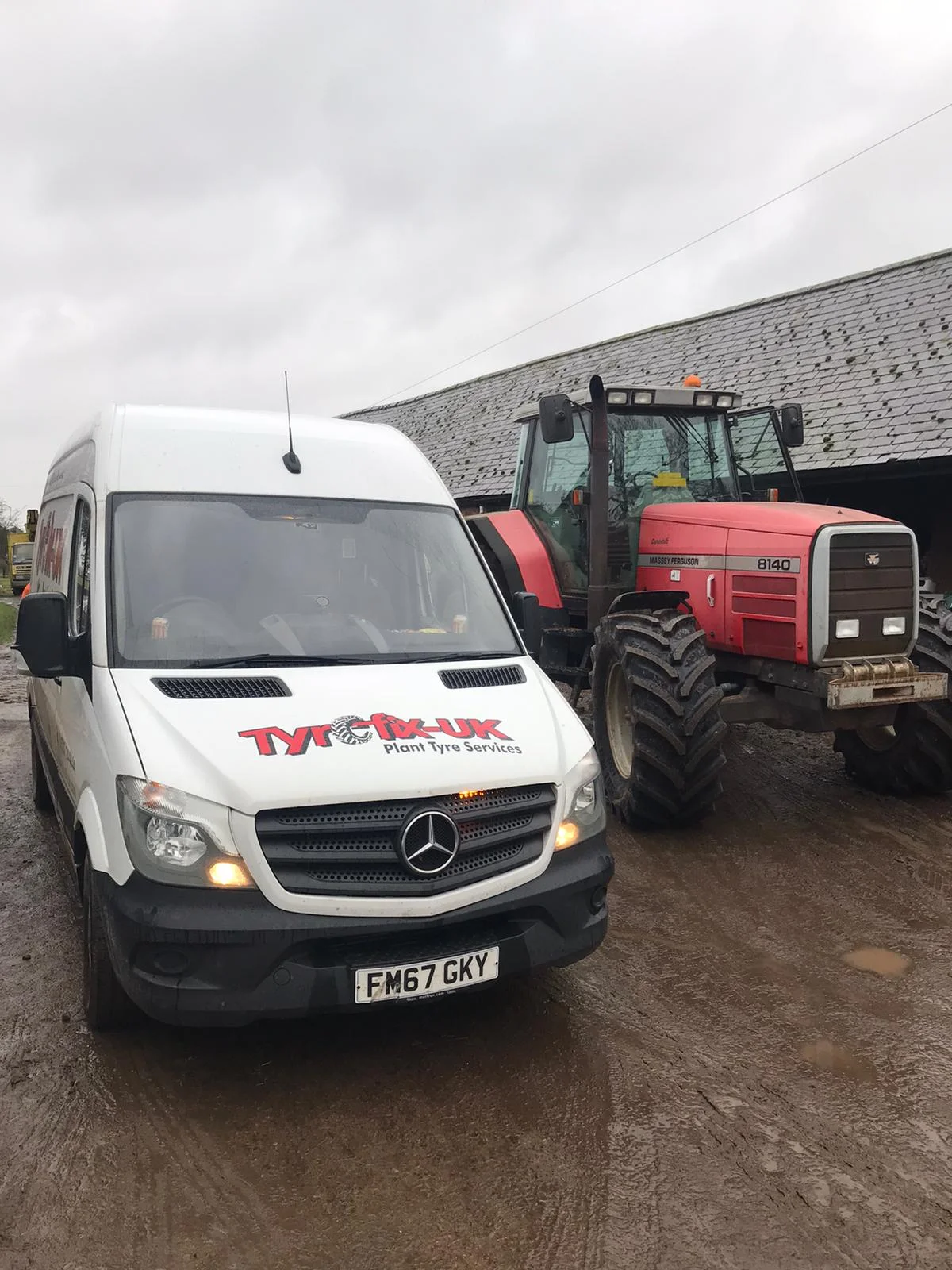
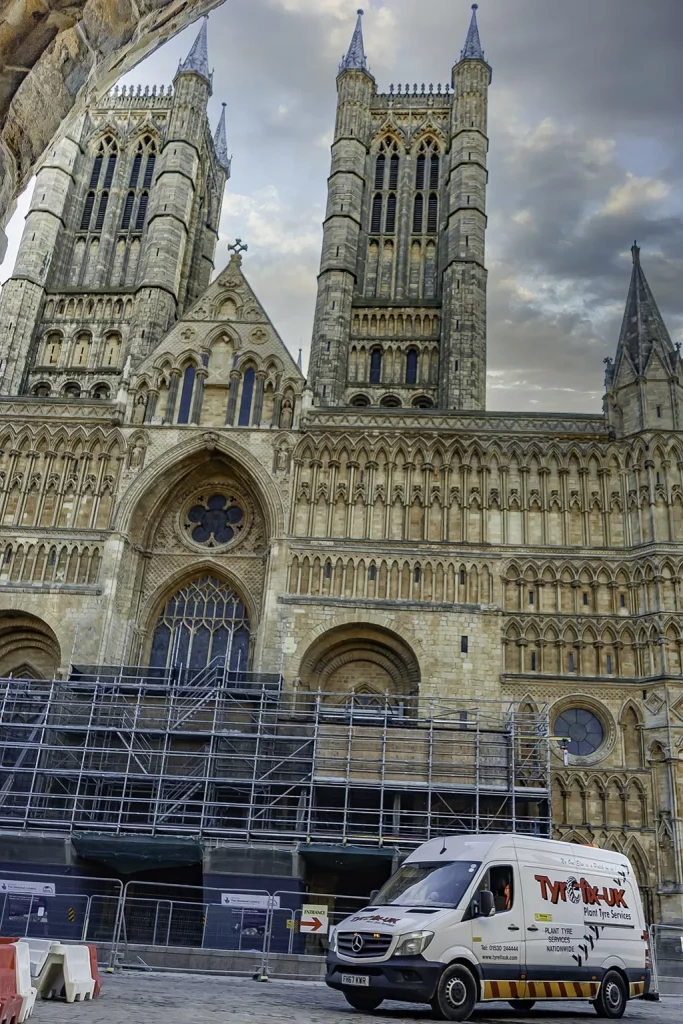
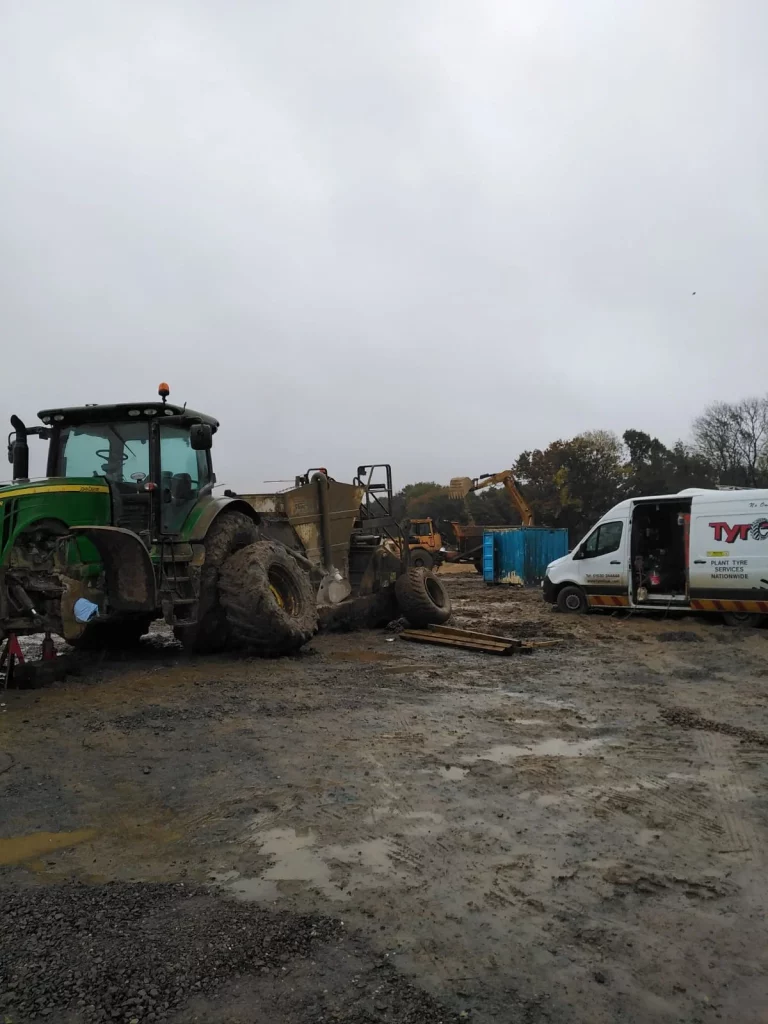

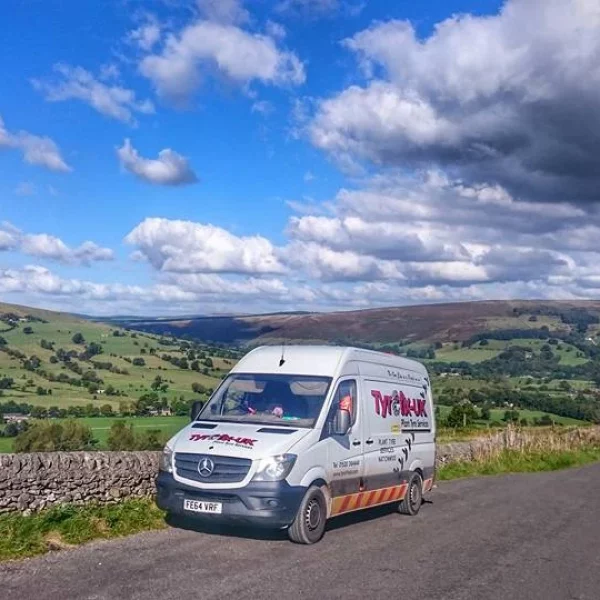
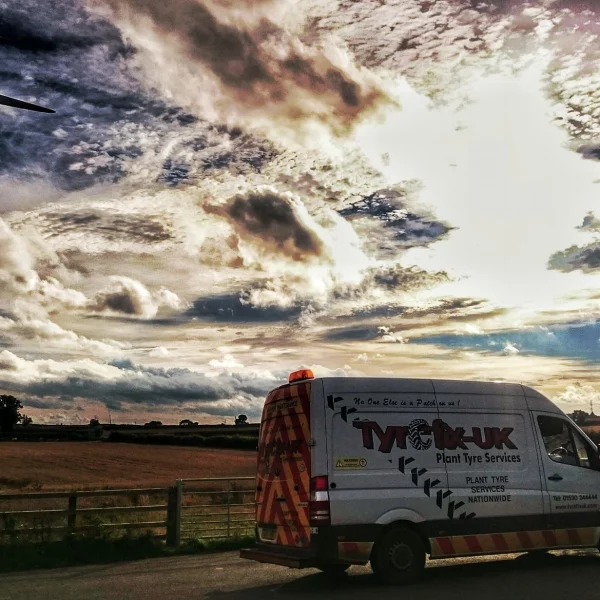






 Find a Tyre Fitter
Find a Tyre Fitter